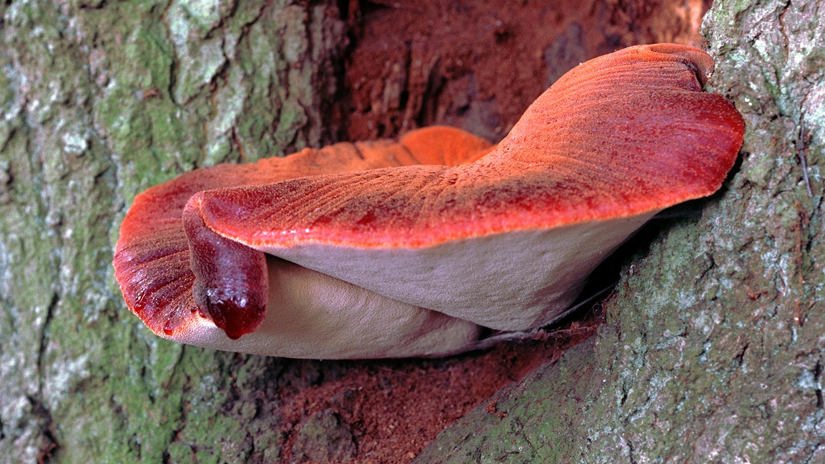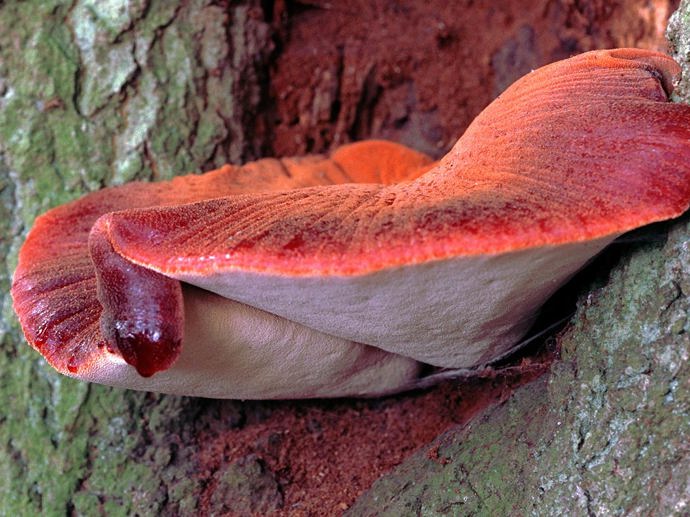Common names: morel, common morel, true morel, yellow morel, morel mushroom, sponge morel
Scientific name: Morchella esculenta
Family: Morchellaceae
Fruiting season: March to May
Habitat: copses, woodland and hedgerows
Highly prized and easily recognised, the morel is a favourite edible mushroom. It has a strong, nutty flavour and a pleasant, earthy smell and grows in a variety of habitats, including well-drained woodland. But beware, it is poisonous when raw.

Common names: morel, common morel, true morel, yellow morel, morel mushroom, sponge morel
Scientific name: Morchella esculenta
Family: Morchellaceae
Fruiting season: March to May
Habitat: copses, woodland and hedgerows
The morel is an edible mushroom with a unique conical or globular-shaped cap that has a honeycomb-like appearance. Because it cannot be grown on a large commercial basis, and is usually picked from the wild, it can be very expensive.
Cap: 3–8cm across, 5–12 cm tall, sometimes conical in shape, but it’s often globular. Has an irregular array of pits separated by narrow ridges to give the honeycomb structure.
Stipe (stalk): white or pale cream and 3–12cm tall.
Spores: deep cream to yellow in colour, elliptical and smooth. They are located in the pits of the honeycomb-like structure of the cap.
Not to be confused with: the poisonous false morel (Gyromitra esculenta) which is found in sandy soil under pine trees.

Credit: Alexander Kurlovich / Alamy Stock Photo
Morels are native, but uncommon, to the UK. Their fruiting bodies can grow in groups or as solitary mushrooms. Look for morel on the ground in a variety of habitats, in well-drained soil in copses, woodland and hedgerows.
In Eastern Europe, morels were once thought to be the work of the devil.

Credit: Frank Hecker / Alamy Stock Photo
Morel is one of the most easily recognised edible mushrooms and is highly sought after. However, raw morels are poisonous and must always be cooked before consumption. The species has been found to have medicinal properties, including anti-tumour and antiviral effects, immune-regularity properties and fatigue resistance. Morels have been used in traditional Chinese medicine to treat indigestion, excessive phlegm and shortness of breath. In wider Asia, they are used to produce enzymes which act as a food preservative.
The black morel (Morchella elata) looks similar but has a pointed grey-brown cap and is most commonly found in bark mulches on flowerbeds and in shrubberies. It too must be cooked before eating.


Helen Keating • 29 Oct 2018
Explore the world of foraging with these top wild fungi picking and cooking tips. Here are five edible fungi that are easy to identify.